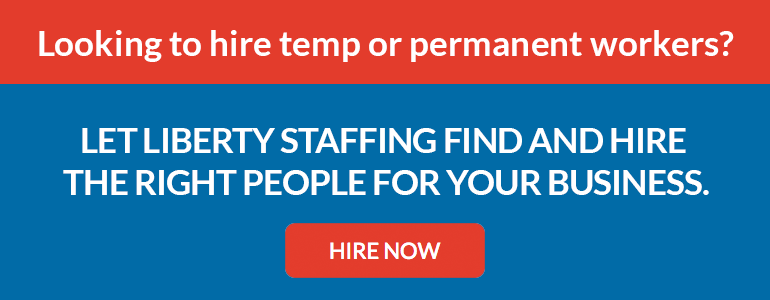 You probably know that tech giant Google does things differently, especially when it comes to recruiting. Google is infamous for asking job candidates questions designed to test their soft skills, such as problem-solving, and creative thinking.
You probably know that tech giant Google does things differently, especially when it comes to recruiting. Google is infamous for asking job candidates questions designed to test their soft skills, such as problem-solving, and creative thinking.
Another difference is how Google comes to a hiring decision. Rather than letting one person make the final call on who to hire, the tech giant requires group consensus about who to hire. This allows different people to present their views on each candidate, and then come to a hiring decision by analyzing who the best candidate is.
Obviously, this allows more stakeholders to be present in the hiring decision, and it also means a hire isn’t made until the group has hashed out all the pros and cons. The chances of making the right choice increase.
As a business owner, or hiring manager, perhaps you’ve adopted the consensus method of recruiting. If you have, there’s just one question. How do you get everyone to agree on who the right candidate is?
Download our whitepaper to see how we solve our clients' evolving staffing issues
Liberty Staffing has years of recruiting experience. We’ve been in business for 20 years, so we know a thing or two about hiring. Here are some tips to help your team reach consensus on the right job candidate.
Consider Candidates Based on Merit
One of the advantages of group consensus hiring is that it increases objectivity, and reduces bias. Each person in the decision-making room will likely have a different impression of a candidate, but everyone should be well equipped to judge based on merit.
The strength of the consensus model is that it doesn’t allow an individual to have final say on who gets hired and who doesn’t. Instead, the people involved in the decision must weigh out the pros and cons of each candidate, reducing the temptation to go with “gut feelings.”
Consider Everyone’s Point of View
There are likely some points your team will agree on right off the bat. Disagreement might seem like a bad result, especially since it slows the process down. It actually gives you time and space to consider every candidate more thoroughly.
You should be sure to allow everyone on the committee to voice their thoughts and defend their thinking. Someone involved in the department that’s hiring may have insights on why one candidate is more qualified than another that the rest of the group doesn’t share.
It’s important that everyone’s opinion is respected and discussion is carried out in a way that ensures everyone gets a chance to speak and is comfortable expressing their thoughts, even if it causes disagreement.
Encourage Debate
Once you’ve worked through eliminating candidates with little support from the group, you must discuss the remaining candidates. As the list gets shorter, the debates may intensify.
Again, encourage respect and consideration for everyone’s point of view. Decision-makers should be asked to give reasons supporting their thoughts, such as why they believe someone is the right hire.
Finally, debate should move you closer to a decision on each candidate.
Make Amendments
You may want to make amendments to the proposal to hire, if possible. For example, if you’re hiring for a temporary position and cannot choose between two candidates, consider revisiting your budget to see if you can bring them both on board. Another solution would be to ask one of the candidates if you can keep their resume on file, or tell them about another upcoming hire they might be suited for.
If your group can’t decide on one candidate, then these types of proposals could be appropriate.
Dealing with Disagreements
Someone who disagrees with a hiring choice entirely may refuse to give their consent, blocking the group from moving forward. Other group members might express reservations, or decide to step aside, allowing the group to implement their choice but not participate.
Make sure you take steps to address concerns.
If you’re looking to find the best candidates, get in touch with Liberty Staffing today! We can help you find great quality candidates quickly.

